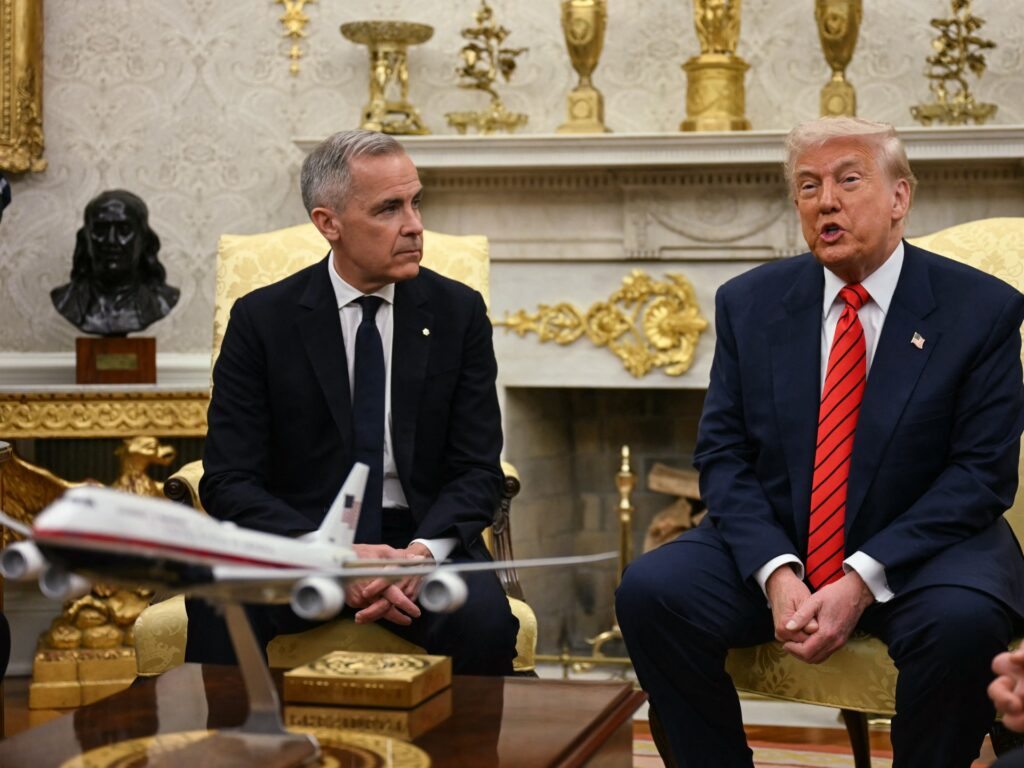
The United States and Canada are on the brink of a trade clash as President Donald Trump announced plans to impose new tariffs on Canadian exports. This move comes in response to Canada’s implementation of a digital services tax, which Trump claims will cost American companies billions. The escalating tensions threaten to unravel months of diplomatic progress between the two neighboring nations.
Canada’s digital services tax, which targets both foreign and domestic tech companies, has been described by Trump as a “direct and blatant attack” on the US. In a post on his Truth Social platform, he declared the immediate cessation of trade talks with Canada, promising new tariffs in the coming days. This decision marks a stark shift back to trade tensions reminiscent of Trump’s first term.
Understanding Canada’s Digital Tax
The Digital Services Tax Act (DSTA) came into effect in June last year, imposing a 3% levy on revenues generated from Canadian users by large tech firms. Companies impacted include American giants like Amazon, Meta, Google, and Uber, which face an estimated $2 billion in tax liabilities. The tax applies to digital services such as online marketplaces, social media, and digital advertising, and controversially includes retroactive payments dating back to January 2022.
Initially proposed during the 2019 federal election, the DSTA was approved in June 2024 and became enforceable shortly thereafter. The first payments under this tax are due by June 30, 2025. The tax’s retroactive nature and its focus on gross revenue rather than profits have sparked significant opposition from affected businesses.
Trump’s Response and Trade Implications
Trump’s reaction to Canada’s digital tax has been swift and severe. On June 11, 21 US Congress members urged him to pressure Canada into reconsidering the tax, warning of its potential to set a damaging precedent for global tax practices. Trump’s subsequent announcement of new tariffs and the suspension of trade talks underscores his administration’s hardline stance.
Trump has accused Canada of imposing exorbitant tariffs on US agricultural products, citing dairy tariffs as high as 400%. He has also ordered a Section 301 investigation to assess the digital tax’s impact on US commerce, which could lead to further punitive actions. White House National Economic Council director Kevin Hassett has labeled the tax “almost criminal” and expressed confidence that Canada will ultimately remove it.
Canada’s Position and Domestic Reactions
Despite the escalating rhetoric, Canadian Prime Minister Mark Carney’s administration remains committed to ongoing negotiations. Carney, who has enjoyed a relatively cordial relationship with Trump since his election, has stated that the government will continue to engage in trade discussions to protect Canadian interests.
Domestically, Carney faces pressure from Canadian businesses concerned about the digital tax’s impact on their operations and the potential for US retaliation. The Business Council of Canada has long warned that the unilateral tax could jeopardize economic ties with the US, urging the government to reconsider its stance.
Historical Context and Global Comparisons
Trump’s use of tariffs as a negotiating tool is not unprecedented. During his first term, he imposed tariffs on Canadian goods over issues ranging from trade imbalances to alleged drug trafficking. These measures were temporarily paused following Canadian assurances but were later reinstated.
Globally, several countries have implemented digital services taxes similar to Canada’s. France, the UK, Spain, Italy, and Austria have all introduced such levies, prompting previous US objections. The Organization for Economic Co-operation and Development (OECD) is currently working on a global agreement to address these disputes, but progress has been slow.
Potential Consequences and Future Outlook
The current standoff between the US and Canada could have significant economic repercussions. The US is Canada’s largest trading partner, with over 80% of Canadian exports destined for American markets. Any disruption, particularly in key sectors like automobiles and energy, could have widespread effects on both economies.
The European Union is also closely monitoring the situation, as digital taxation is a contentious issue in its own trade negotiations with the US. With Trump’s threats of new tariffs on European exports looming, the EU is preparing its own retaliatory measures while remaining open to negotiation.
As the deadline for a potential US-Canada trade deal approaches, the stakes are high. Both nations must navigate a complex landscape of economic interests and diplomatic challenges to avoid a full-blown trade war. The outcome of these negotiations will likely set the tone for future international trade relations under Trump’s administration.






